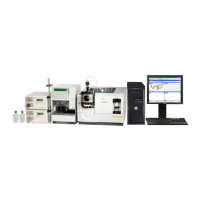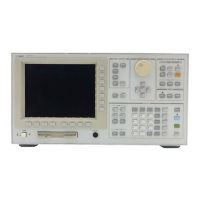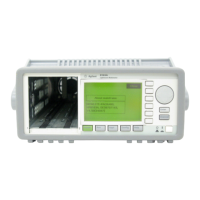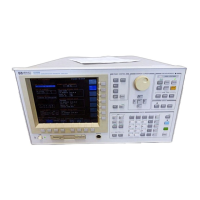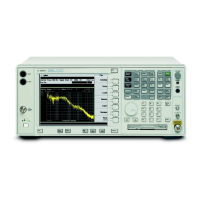Once the analyzer finds a good fit, the numerator and denominator polynomials
from the fit are factored into pole/zero form. (If none of the fits meet the
“good” criterion, the analyzer returns a fit with minimum error.) Then, the
max-order algorithm searches for coincident poles and zeros that cancel each
other. Coherence determines how close terms need to be before cancellation
can occur. The final results are tabulated in the curve-fit table.
Max Order Operation
The curve fitter obtains starting estimates of the system poles and zeros by
looking for peaks in the second derivative of the real and imaginary values of
the measured frequency response. When this operation is finished, the max
order algorithm starts with an order 1,1 fit (1 pole and 1 zero). The result is
placed in trace B, overwriting the coherence. If the fit is not good, the max
order algorithm does an order 2,2 fit and places the result in trace B,
overwriting the order 1,1 fit. The current orders are displayed in the upper two
status lines as the fit order increases.
When there’s a good fit, the max order algorithm checks to see if a reduced
order may yield a good fit. This process is called order reduction. Order
reduction can lower an order by more than one. If a fit with reduced order
results in too large an error, the max order algorithm increments the order and
tries another fit. The order is repeatedly incremented (to no higher than where
the order was before order reduction began) until there’s a good fit. If the
incremented order yields a good fit, the max order algorithm again checks to
see if order reduction is possible. Occasionally, this causes the curve fitter to
repeat two fits. Otherwise, order reduction successively reduces the fit
order(s), and then finishes the search process after determining that further
order reduction probably won’t yield an acceptable fit. Some example
sequences for reduction are shown in table 16-1.
Table 16-1.
Example sequences for curve-fit order reduction
Example 1 Example 2
(poles,zeros) (poles,zeros)
5,5 6,6
5,3 6,1
5,1 6,2
complete 6,3
6,2
6,3
complete
Agilent 35607A
Curve Fit Option 1D3 Operator's Guide
16-8
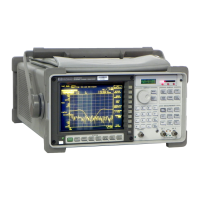
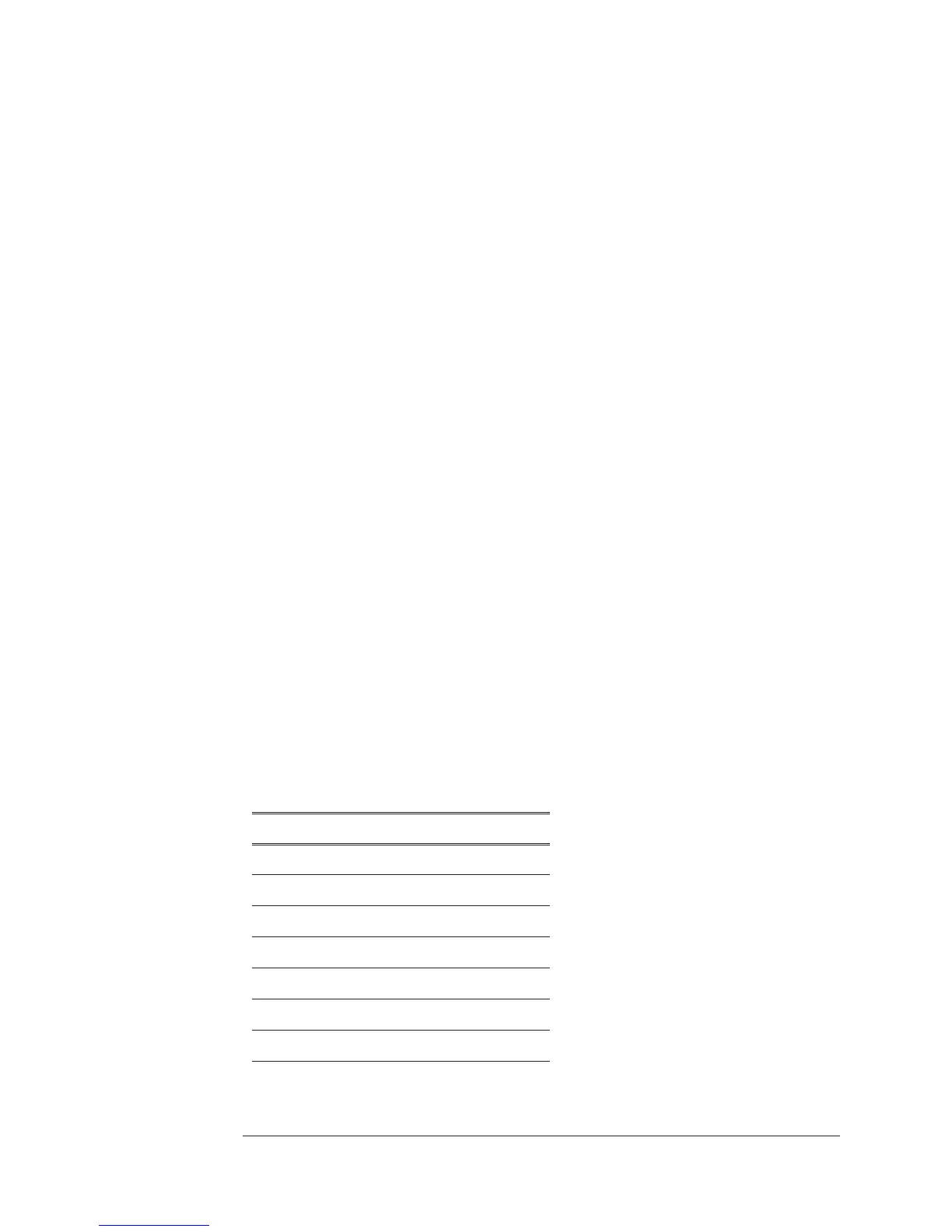